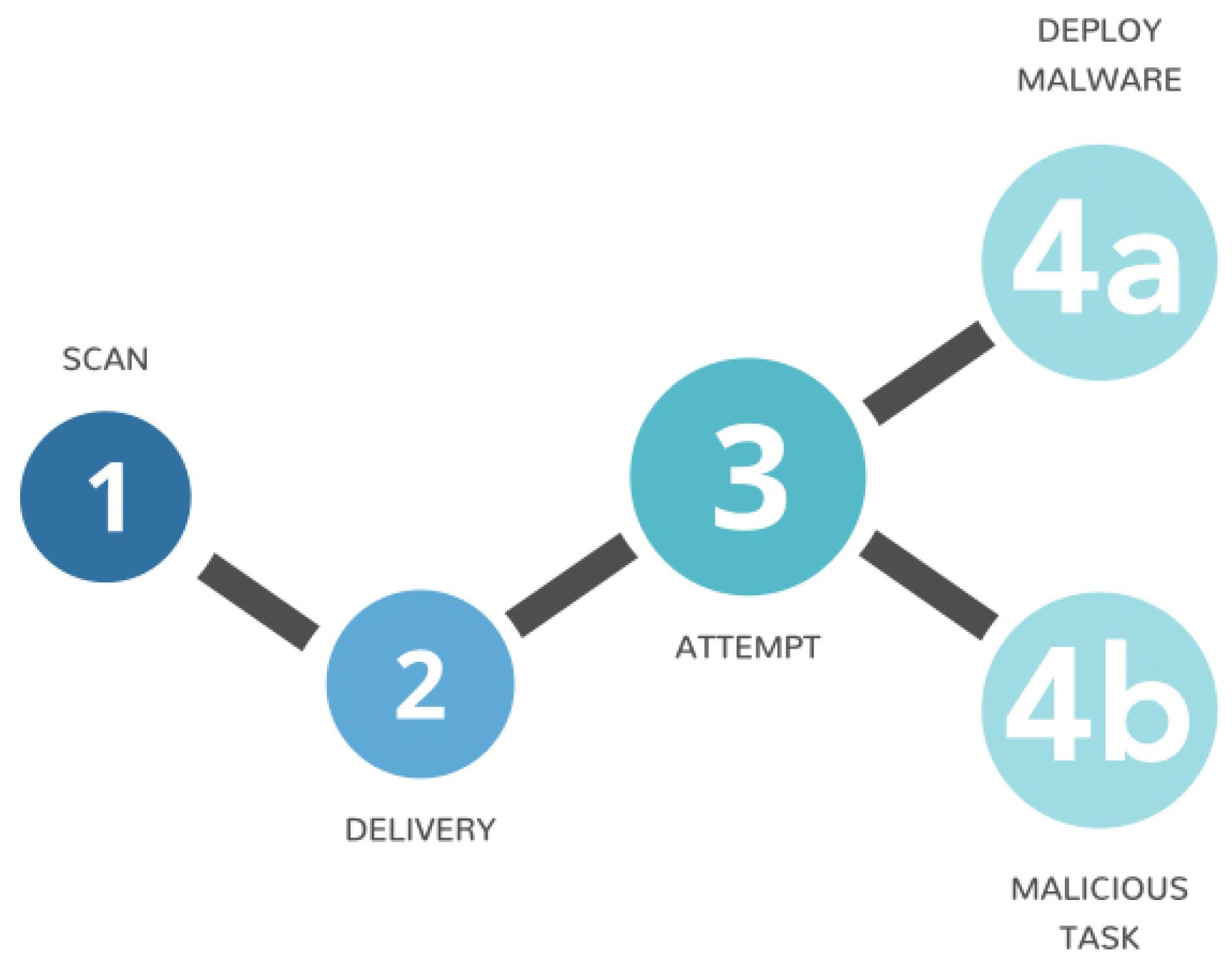
Cybersecurity in a time where technology evolves at a rapid rate is an urgent matter that needs to be addressed. The average time for the initial detection of a cyberattack on one’s system is 207 days, according to an IBM report published in 2023. The reason why it takes so long to detect a cyberattack is due to the attackers’ skill in concealing clues to the origin of the attack.
Shortening the time it takes to detect cyberattacks is what the BSV blockchain-based Sentinel Node focused on. Sentinel Node is a next-generation cybersecurity detection tool that minimizes the time required to identify a data breach. Tech giant IBM and Certihash by SmartLedger collaborated to craft the security suite that can make detection near-instant.
Cyberattacks like the infamous JBS Food breach in the summer of 2021 illustrate how important cybersecurity is for the food industry and business in general. In an episode of the Food Institute Podcast, host Chris Campbell sat with experts to talk about cybersecurity in the food industry in light of JBS Food’s cyber breach.
The participants of the podcast included Bryan Daughterty, co-founder of blockchain solutions firm SmartLedger, Gregory Ward, co-founder of Certhiash, and Patryk Walaszcyzk, IBM’s Blockchain Solution Expert. The trio discussed how dangerous these incidents are and what impacts they can have not only on affected firms, but also national economies.
The JBS Ransomware attack is infamous in the United States, Canada and Australia, as it halted meat production in many locations. Since JBS Food is the largest meat producer in the world, the breach caused food prices in the U.S. to skyrocket. Production only restarted after management negotiated with the hackers and paid the steep price of $11 million for the return of all encrypted data.
Walaszczyk talked about the forensic work of cyberattacks and described the necessary steps to bring back regular production. He noted that Sentinel Node does not change the entire process, but rather, significantly speeds up the forensic work required in four steps.
First, the identification of an attack is necessary to ensure if hackers used a fake attack to distract the firm, thus requiring extra steps in validation. Second, assessing damages and preserving evidence are immediately done once a real attack is detected, especially when sensitive data is affected. Third, all attack-vector vulnerabilities are eliminated.
Last, internal and external reporting and evaluation are done in order to control the damage done to the company’s reputation. Internal communication also allows for lessons to be learned from the incident through the analysis and evaluation of mistakes. This ensures that improvements are made after the attack.
The BSV Blockchain allows Sentinel Node to reduce detection times to minutes due to its network’s scalability that allows for an extremely high transaction capacity and economical fees. Information is immutable and secured with proof-of-work (PoW) data processing as it verifies transactions through an algorithm that creates a new block in the blockchain. Since BSV is infinitely scalable, firms can rest assured that congestion, latency and high fees can be avoided.
All these factors made Walaszczyk conclude that BSV is the sole blockchain suitable for Sentinel Node. BSV’s capabilities significantly reduce the time and cost needed to process data, especially with data-reliant industries. With BSV being the only PoW blockchain that can scale to global proportions, it is the best choice for businesses’ systems to run on.
